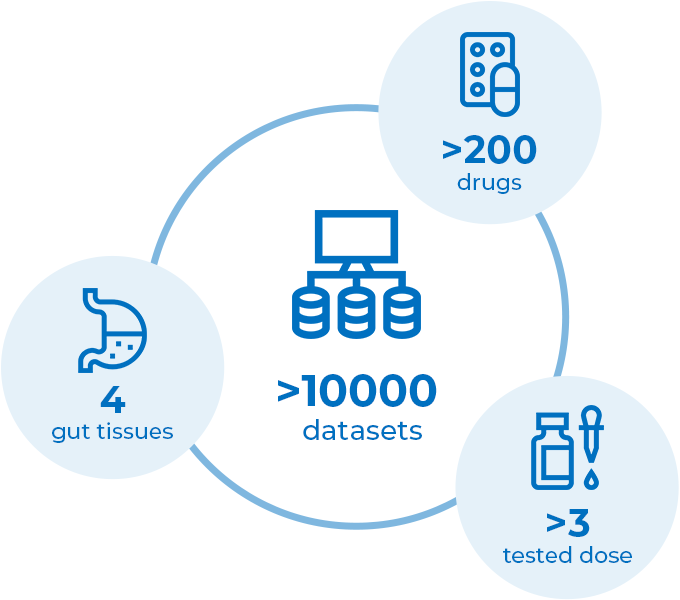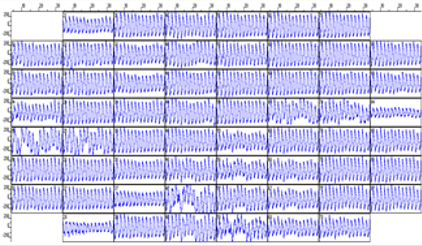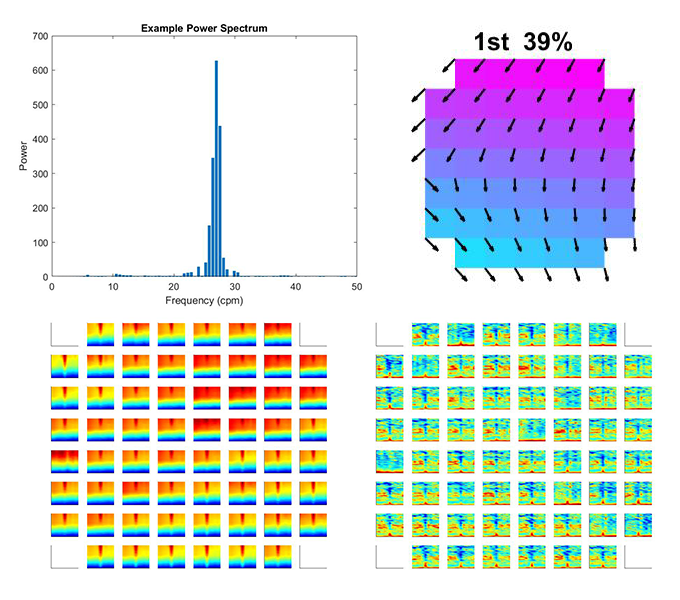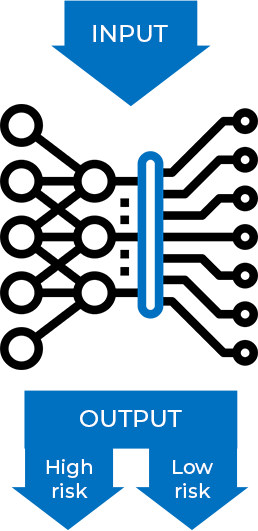Drug Predictions
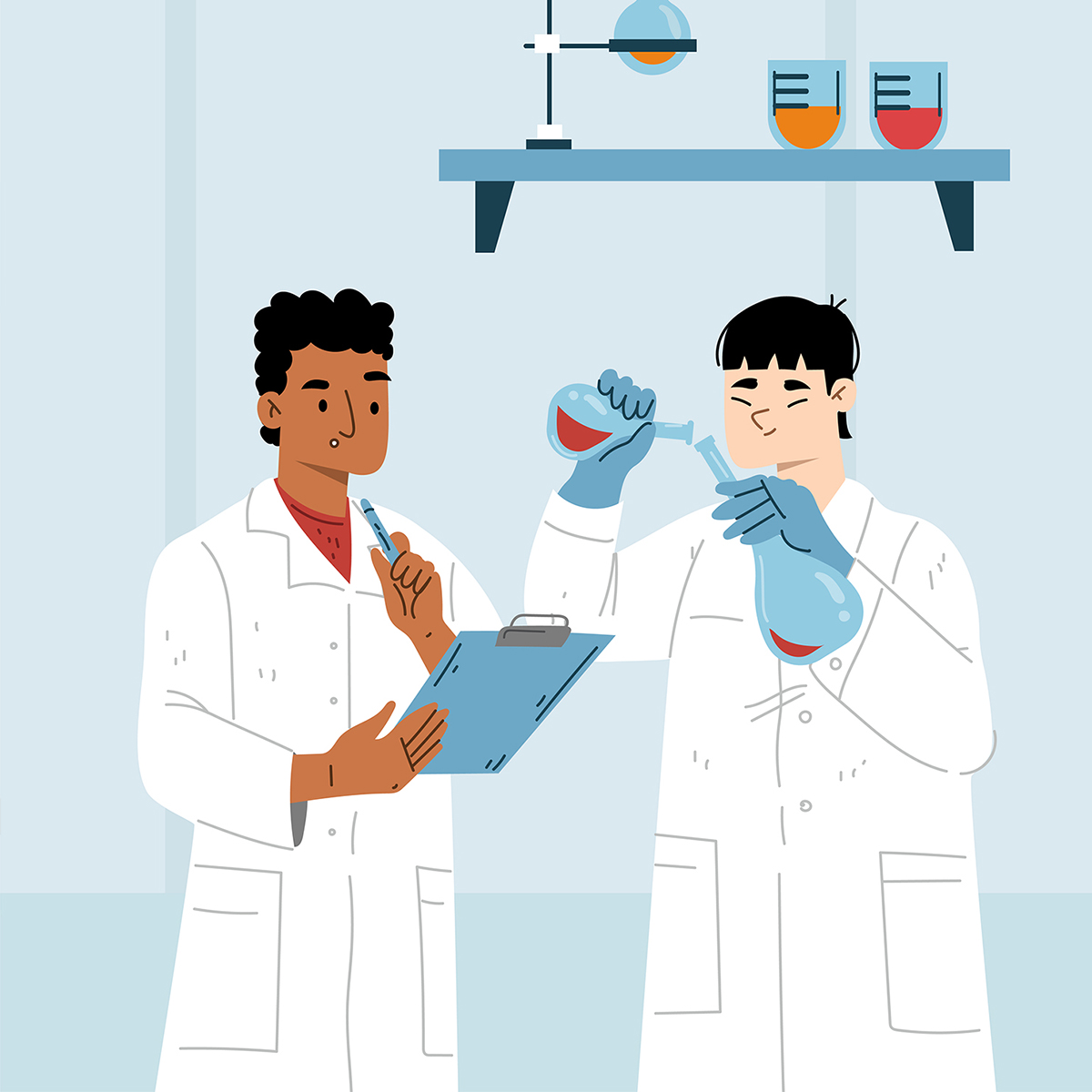
Gut Rhythm utilizes its Gastrointestinal Pacemaker Activity Drug Database (GIPADD) into deep learning aiming to identify correlations between drug profiles (electrophysiology) and drug-induced side effects in human, such as vomiting, nausea, diarrhea, etc. We achieve >90% precision in classifying vomiting, nausea and diarrhea-inducing drugs in our 1st generation prediction model. The model is also able to predict beyond the gut, e.g. oedema, dizziness, etc. with >90% precision. Gut Rhythm continues research and develop to identify more novel correlations, and applying these correlations to predict drug-induced side effects to aid decision making in drug discovery.
(updated on 15 January, 2024)








